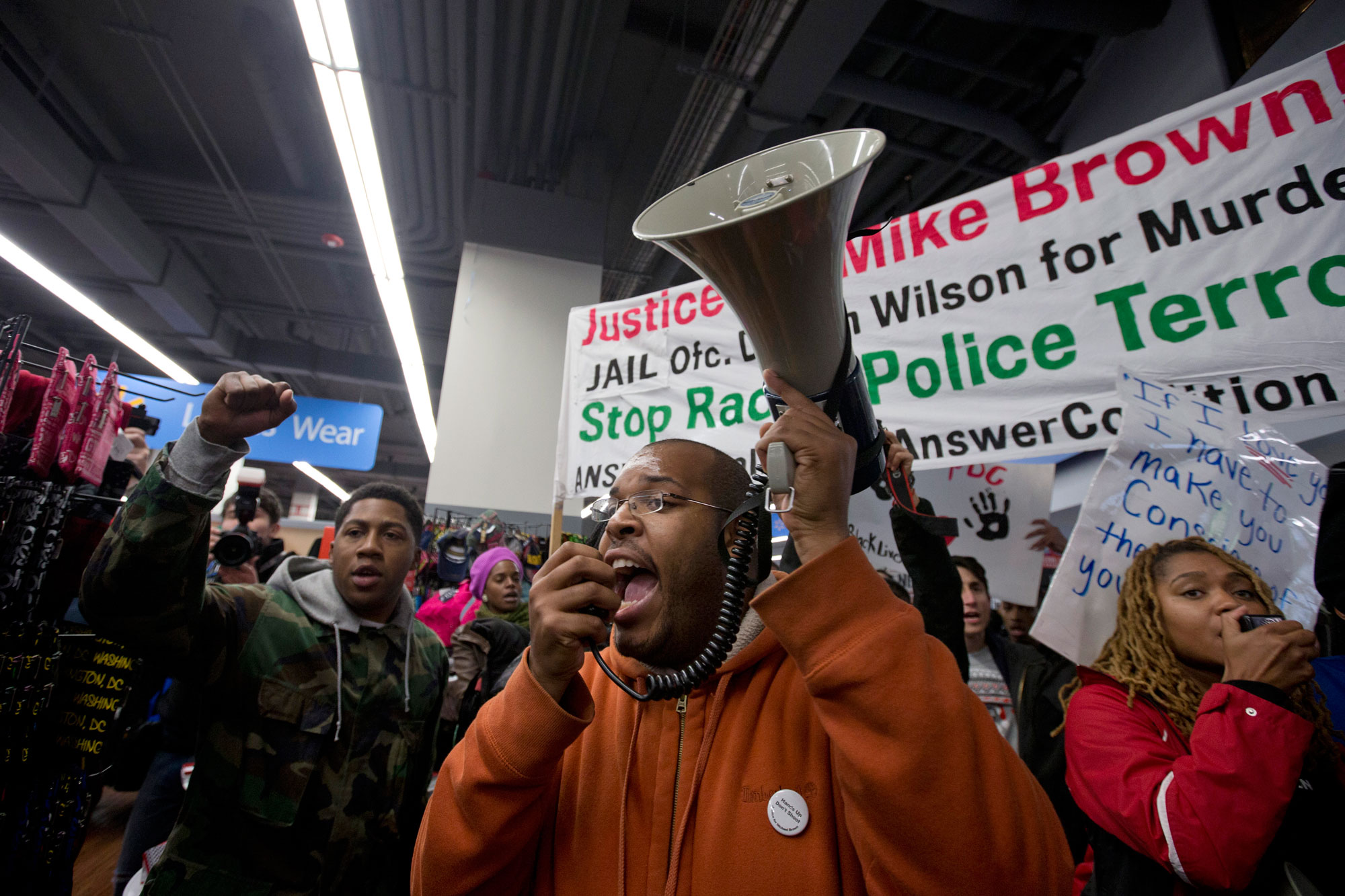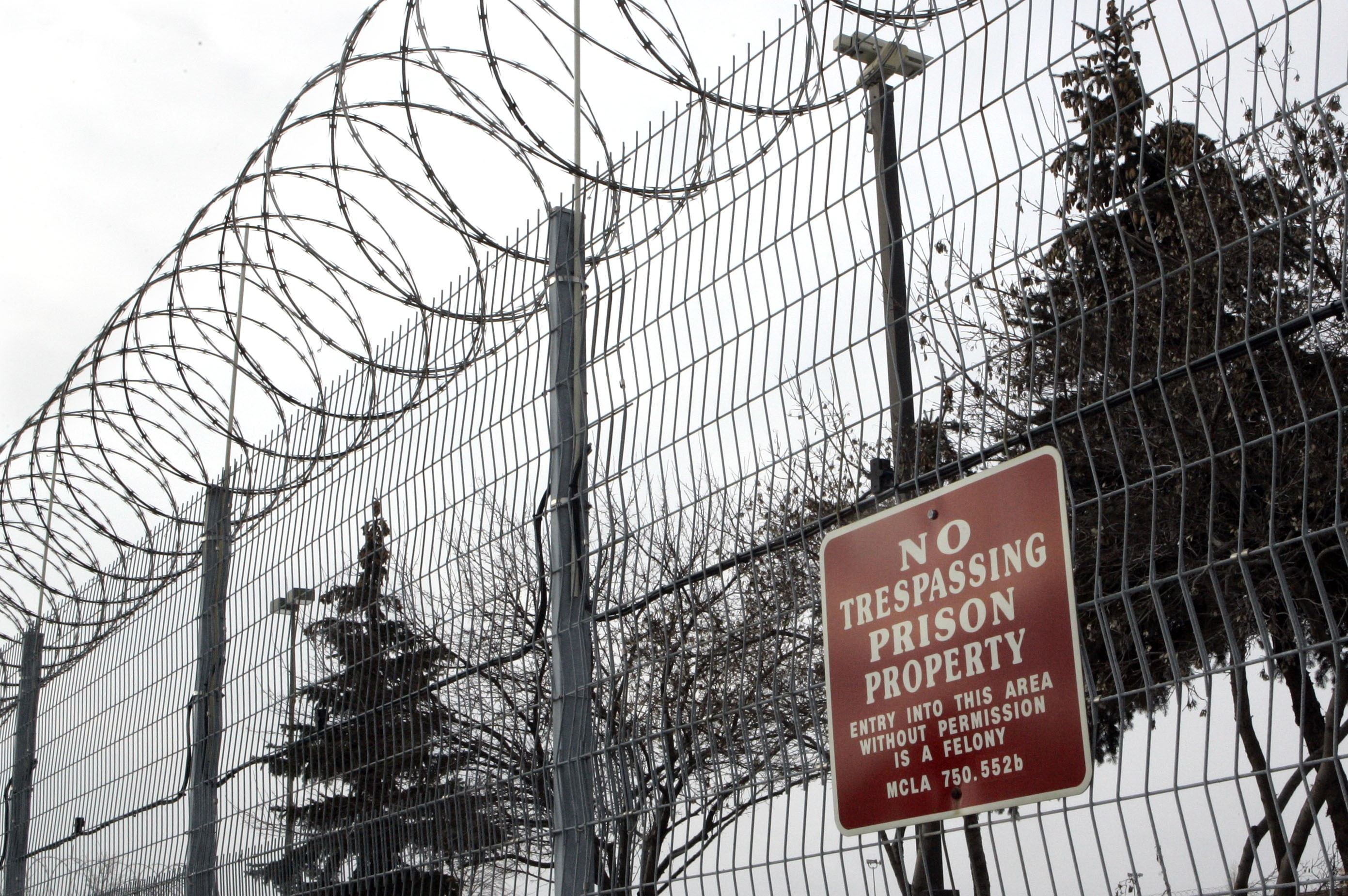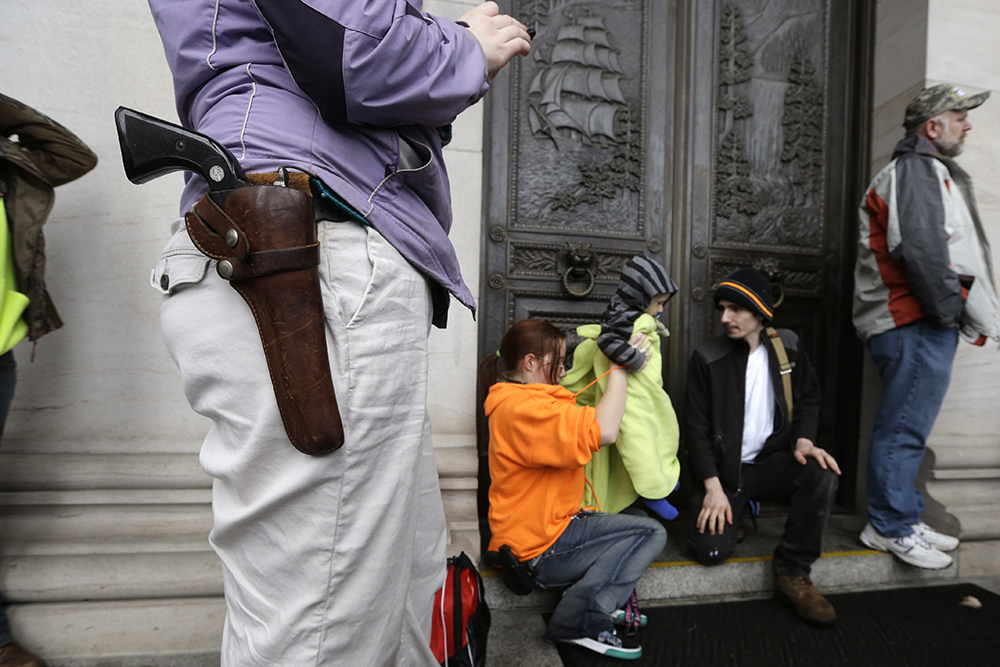For the past four years, tenants in the five-building complex above the Congress Heights metro station have dealt with horrific conditions: cockroaches, rats, bedbugs, persistent flooding, roofs caving in. One resident told The Washington Post that “feces backed into her bathtub more than a dozen times – including once while bathing her 1-year-old.”
Ruth Barnwell, a 73-year-old resident and president of the Congress Heights tenants association, said that she told her landlord about raw sewage in the basement in July 2015, but they didn’t do anything about it until the following October. Barnwell has been living in Congress Heights for 34 years, but she says that they didn’t start having these issues until 2013.
“That’s when we found out the building was going to be turned into high-rises,” she says.
Get TalkPoverty In Your Inbox
In 2013, two years after acquiring four of the five Congress Heights buildings, Sanford Capital and City Partners submitted a plan to the Zoning Commission to demolish the apartment complex and install 446,000 square feet of luxury offices and condos in its place. The tenants allege that Sanford—which has already racked up more than 200 housing code violations in its 19 apartment buildings across the city—has been intentionally letting the conditions degrade so that residents will be forced to move out to make way for the new development.
Robert Green, a 68-year-old resident who lives on a fixed income, says that the company has gone as far as soliciting damage. One day, as he was walking out of his apartment building, an electrician who was walking into the building stopped him. “You still live here?” The man asked. Green said yes.
“They paid me to go downstairs and mess up some wires,” he told Green. (Sanford Capital did not respond to requests for comment.)
If Sanford’s plan is to drive residents out of Congress Heights, it’s working: Since 2013, the number of occupied units of affordable housing has dropped from 49 to 13.
* * *
The Zoning Commission approved Sanford’s development plan in 2015, but the company can’t act on it yet. The plan requires control of all five of the Congress Heights buildings; Sanford currently owns four. In January, the D.C. Department of Housing and Community Development repossessed the fifth and final piece of the Congress Heights puzzle: the vacant building at 3200 13th St SE. But the remaining residents, who would be forced to move, aren’t letting it go without a fight.
On September 6, the Congress Heights tenants association delivered a letter to Mayor Bowser’s office with a simple request: Instead of letting Sanford buy the vacant building in a public auction, let the current residents exercise their Tenant Opportunity to Purchase Act (TOPA) rights to have their chosen nonprofit developer build 200 units of affordable housing on the land.
The Tenant Opportunity to Purchase Act wasn’t designed for situations like the one in Congress Heights—it grants renters the first right to purchase their property if the building owner wants to sell. The building at 3200 doesn’t have any tenants; it’s been vacant for years. But since it’s part of an entire neighborhood that will be demolished under the redevelopment plan, the tenants of the surrounding buildings have a vested interest in who ultimately controls the building.
If the district puts the building up for public auction and Sanford acquires it, Sanford will have assembled all the necessary pieces to execute its luxury development plan. But if the tenants are assigned ownership, they’re hoping that Sanford—now unable to complete its redevelopment—will cut its losses and sell the remaining buildings to the National Housing Trust (NHT). NHT would then execute its own plan to build 200 units of affordable housing on the land.
In either case, the current buildings will be demolished and residents will, at least temporarily, be displaced. The difference is what happens after the buildings are rebuilt.
An executive of City Partners has said that if it executes its redevelopment plan, “All current residents will be offered the chance to move back into the new building at their current lease rates.”
This is a common promise that developers offer residents when they’re displacing them, but it’s rarely fulfilled. A 2004 study by the Urban Institute found that only 19 percent of families returned to neighborhoods they were displaced from, despite promises that they could. Developers often simply ignore their previous promise and rely on residents suing them to retain their right to return. But the costs of fighting a court case are so high that it’s as if residents aren’t allowed to return at all.
The National Housing Trust has offered the tenants the same promise to return, in addition to an offer to house them at other properties in the meantime. But the tenants are more willing to believe that NHT will honor this promise than Sanford, because NHT’s goal is to build more and better affordable housing for these residents, while Sanford’s goal is to profit.
* * *
The District of Columbia’s affordable housing crisis extends far beyond Congress Heights. There are roughly 1,500 families, including more than 2,700 children, who are homeless on a given night in the district. And while homelessness is declining nationally, it’s grown in D.C. by almost 75 percent in the past five years. Housing is so expensive in the district that a single parent working a minimum-wage job would have to work 119 hours per week to afford a 2-bedroom apartment at market rate.
The district’s flagship program to deal with the homelessness crisis is the rapid rehousing program, which provides temporary vouchers that families can use for rent. But most reputable landlords won’t accept the vouchers, and they’re too small and too temporary to end most families’ housing insecurity, so many voucher recipients get caught in a cycle of rapid rehousing, eviction, and homelessness. Will Merrifield, an attorney who represents the Congress Heights tenants, says this creates a “subprime market for slumlords to take advantage of people with subsidies.”
Because a large portion of voucher recipients end up in Sanford properties, they receive millions of taxpayer dollars annually to house low-income families in deplorable conditions. City officials have been hesitant to hold Sanford accountable for its negligence, lamenting that it’s “not always easy” to find other landlords who are willing to house renters with vouchers. But it’s worth noting that Sanford also has direct ties to the Bowser administration: Mayor Bowser has received donations from Geoffrey Griffis, the head of Sanford partner City Partners; Mary Strauss, the wife of Sanford co-founder Patrick Strauss; and Sanford Capital itself. The Sanford Capital donation was $1,000 more than the legal limit.
“These politicians keep acting like this affordable housing crisis fell out of the sky, like it’s a piano that fell out of a window,” says Merrifield. “They created this.”
The cycle of development and displacement is at work in almost every corner of the city. In Columbia Heights, H Street, Brookland Manor, and countless other neighborhoods, low-income, primarily black residents are being pushed out to make room for wealthy, primarily white Millennials. And the district often finances this displacement. They’ve given away hundreds of millions of dollars’ worth of public land to private developers. In Congress Heights alone, they’ve allocated $103 million for a development project that will build a new practice facility for the Wizards—right across the street from residents who have to live with feces backing up into their bathtub.
At a town hall meeting in Congress Heights last week, Ward 8 Councilmember Trayon White (D) admitted that the district has the resources to solve the affordable housing crisis. “It’s not that we don’t have the money,” he said. “It’s about leadership.”
The tenants view their request to Mayor Bowser as the perfect opportunity for her administration to demonstrate its commitment to affordable housing. “She’s going to continue to stand with the slumlords and developers, or she’s going to come over to the people’s side,” says Barnwell. “We believe that we can win. She’s coming up for re-election, you know.”
So far, the city government seems unmoved. Polly Donaldson, the director of the Department of Housing and Community Development, offered the following statement about the tenants’ request: “The plan for the vacant building is to put it out for competitive bid for solicitation once the litigation has cleared.”










